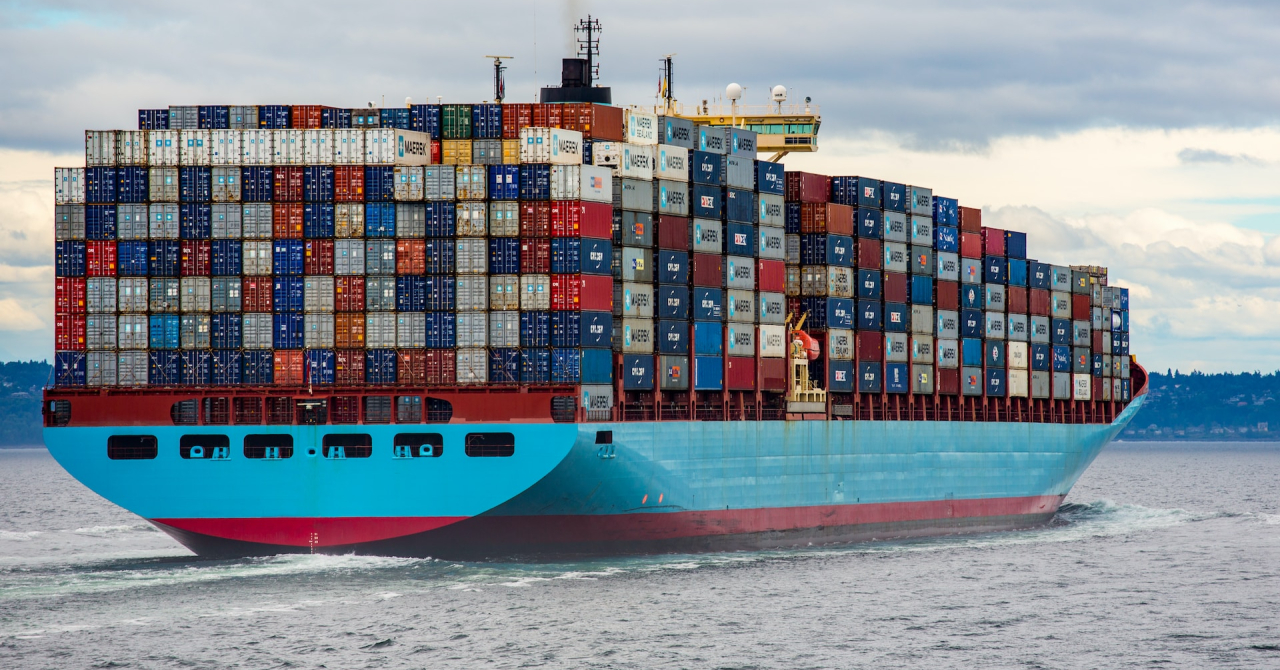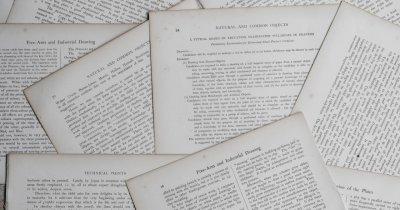Euronews.green writes that the ship was christened Laura Maersk, after the Danish company that owns it, by European Commission President Ursula von der Leyen.
"When I took office a few years ago, the idea of a net zero shipping sector was nothing but a dream", the EU official stated at the ship's launch.
The Laura Maersk is the first of the 25 methanol-powered ships ordered by Maersk, which will set sail in 2030 and measure 172 meters in length.
Methanol is a liquid that can be used as fuel for internal combustion engines and the green variation comes from the use of low-carbon sources during the manufacturing process, such as hydrogen or biomass.
Compared to fossil fuels, such as gasoline or diesel, green methanol can reduce emissions by 60 to 95% and it also has a lower sulphur content, reducing these emissions, which can contribute to the formation of acid rains.
Still, like other low-emissions fuel alternatives, green methanol has some drawbacks, such as the fact that its production cost is higher than that of other fossil fuels, as well as it being very flammable and explosive, meaning that it must be handled and stored very carefully.
When put against fossil-based methanol, of which the world produces 98 million tons per year, only 200.000 tons of green methanol are being manufactured every year, which means that supply is short, according to experts at the International Renewable Energy Agency (IRENA).
China also started using green methanol to power buses and heavy-duty vehicles, which goes to show that this type of fuel can play a big role in decarbonizing transport.
Maersk and its parent industrial group, A.P. Moller, have formed new company, called C2X, which aims to produce three million tons of green methanol per year by the next decade.
 Mihai - Cristian Ioniță
Mihai - Cristian Ioniță












Any thoughts?